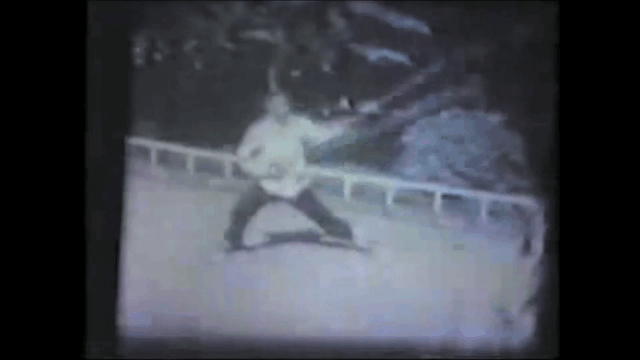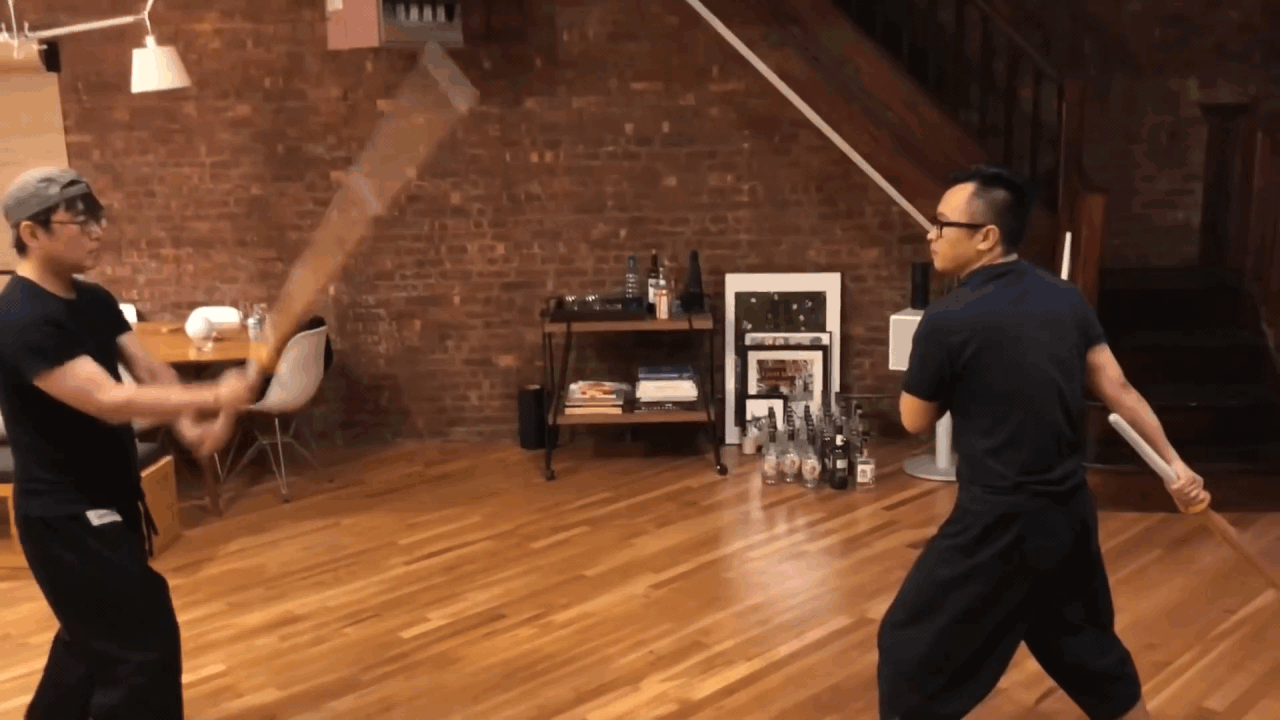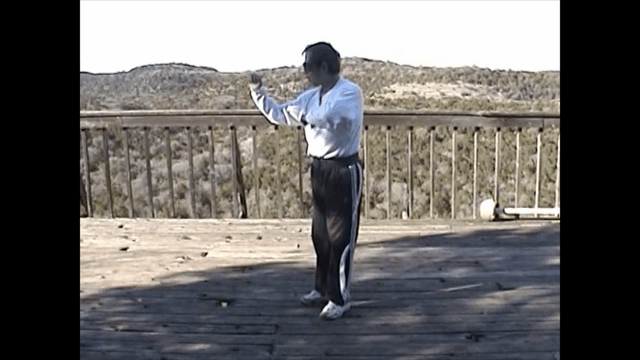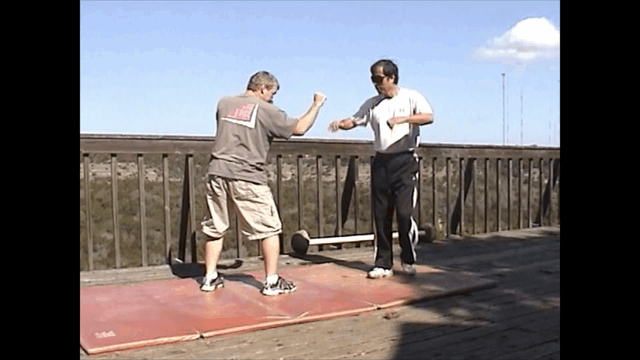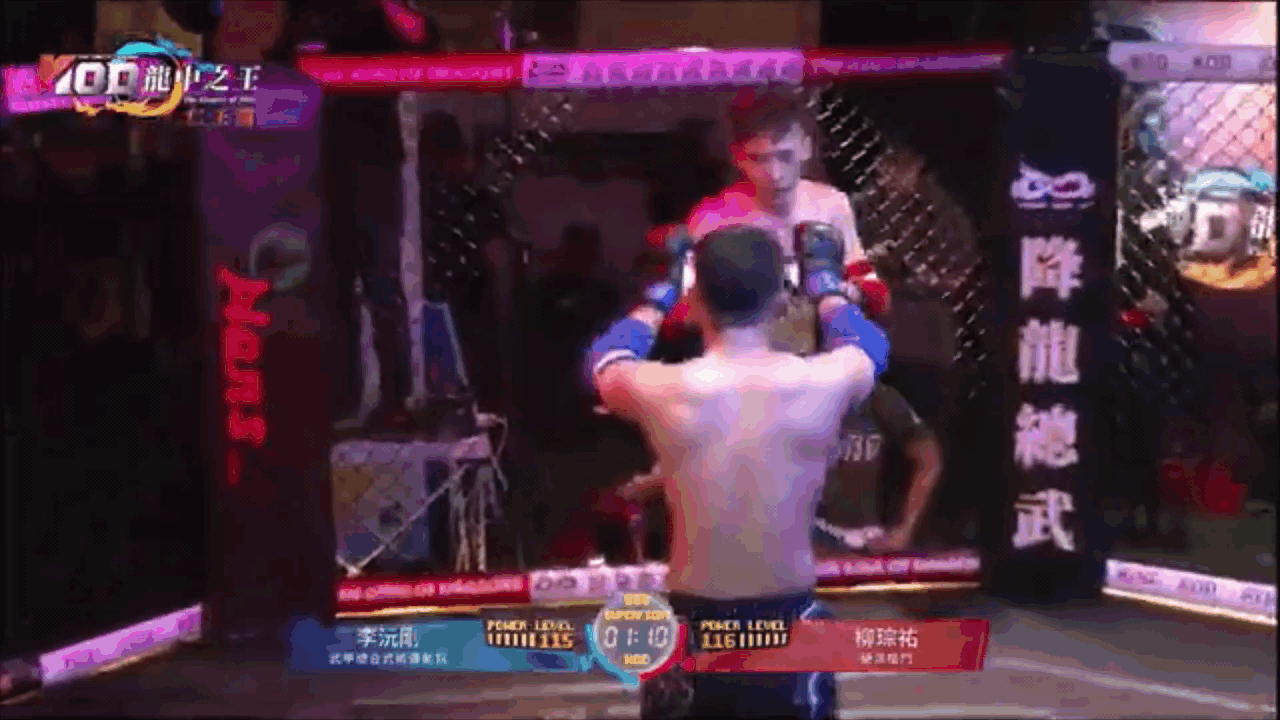isshinryuronin
Master of Arts
- Joined
- Feb 28, 2019
- Messages
- 1,948
- Reaction score
- 2,144
Many schools teach kata and represent them as being the foundation of their style. Yet, when you watch (or do) the workouts or sparring, it looks nothing like the forms! Why?
The simple answer is the three K's (kihon/basics, kumite/fighting, kata/forms) used to be ONE thing but became three separate things over time. In the beginning there was fighting: Defenses and counters against strikes and grabs. These combinations were linked together into forms for ease of practice and transmission of the techniques. Nobody knows what the workouts were like prior to 1920, but probably consisted mostly of two-man drills of these combinations (along with variants). The self-defense aspect, fighting, practice and kata looked the same (because they were) and all used the same techniques as taught in that style. Kata=fighting=drills.
When karate was introduced into the schools, things had to get simplified as classes were huge. The self-defense aspects were minimized; instead, simple execution of the individual moves was emphasized in repetitive drilling, taken out of context from the kata! Furthermore, the kata themselves were approached from a more exercise viewpoint as well. The latter 1930's up to the present saw increasing development of karate as a sport. This entailed a change in short range into longer range techniques and removal of many dangerous techniques. Fighting became sparring. Even kata had become performance sport, the execution overshadowing their self-defense applications - but they still retained the essence of their original purpose as defining the style.
By 1950 the division of the three K's were complete. Basic practice and sparring no longer looked like kata. In fact, a case can be made that sport sparring competition became its own style with little or no relationship to kata. TKD people, however, may say their drills and sparring do look a lot like their forms and I would agree. I think what happened was that instead of the style being a reflection their forms, their forms are a reflection their style. In other words, karate drills and sparring evolved AWAY from forms whereas TKD forms evolved TOWARDS their drills and sparring, or at least along with them. I have no idea if my TKD brothers would agree or disagree with my analysis. It's open to discussion.
As far as karate is concerned, kata (and their bunkai - true application) truly reflects and personifies the style. The fact that many see kata as just a leftover from times past is not kata's fault. It's just we've lost sight of our roots and have come to be conditioned to see today's karate as commonly practiced as "actual" karate and kata as the family's strange aunt. It's like a kid wandering off in the store and saying, "My parents lost me." But there is no reason that kata cannot be the major focus in karate being a self-defense art. The stomps, twists, gouges, elbows and knees are just as effective now as 200 yrs. ago. Indeed, there are several sensei today that stress the original style of karate combat and not the competitive incarnation. One can follow any path they want. I'm just showing how the other paths came about.
The simple answer is the three K's (kihon/basics, kumite/fighting, kata/forms) used to be ONE thing but became three separate things over time. In the beginning there was fighting: Defenses and counters against strikes and grabs. These combinations were linked together into forms for ease of practice and transmission of the techniques. Nobody knows what the workouts were like prior to 1920, but probably consisted mostly of two-man drills of these combinations (along with variants). The self-defense aspect, fighting, practice and kata looked the same (because they were) and all used the same techniques as taught in that style. Kata=fighting=drills.
When karate was introduced into the schools, things had to get simplified as classes were huge. The self-defense aspects were minimized; instead, simple execution of the individual moves was emphasized in repetitive drilling, taken out of context from the kata! Furthermore, the kata themselves were approached from a more exercise viewpoint as well. The latter 1930's up to the present saw increasing development of karate as a sport. This entailed a change in short range into longer range techniques and removal of many dangerous techniques. Fighting became sparring. Even kata had become performance sport, the execution overshadowing their self-defense applications - but they still retained the essence of their original purpose as defining the style.
By 1950 the division of the three K's were complete. Basic practice and sparring no longer looked like kata. In fact, a case can be made that sport sparring competition became its own style with little or no relationship to kata. TKD people, however, may say their drills and sparring do look a lot like their forms and I would agree. I think what happened was that instead of the style being a reflection their forms, their forms are a reflection their style. In other words, karate drills and sparring evolved AWAY from forms whereas TKD forms evolved TOWARDS their drills and sparring, or at least along with them. I have no idea if my TKD brothers would agree or disagree with my analysis. It's open to discussion.
As far as karate is concerned, kata (and their bunkai - true application) truly reflects and personifies the style. The fact that many see kata as just a leftover from times past is not kata's fault. It's just we've lost sight of our roots and have come to be conditioned to see today's karate as commonly practiced as "actual" karate and kata as the family's strange aunt. It's like a kid wandering off in the store and saying, "My parents lost me." But there is no reason that kata cannot be the major focus in karate being a self-defense art. The stomps, twists, gouges, elbows and knees are just as effective now as 200 yrs. ago. Indeed, there are several sensei today that stress the original style of karate combat and not the competitive incarnation. One can follow any path they want. I'm just showing how the other paths came about.


